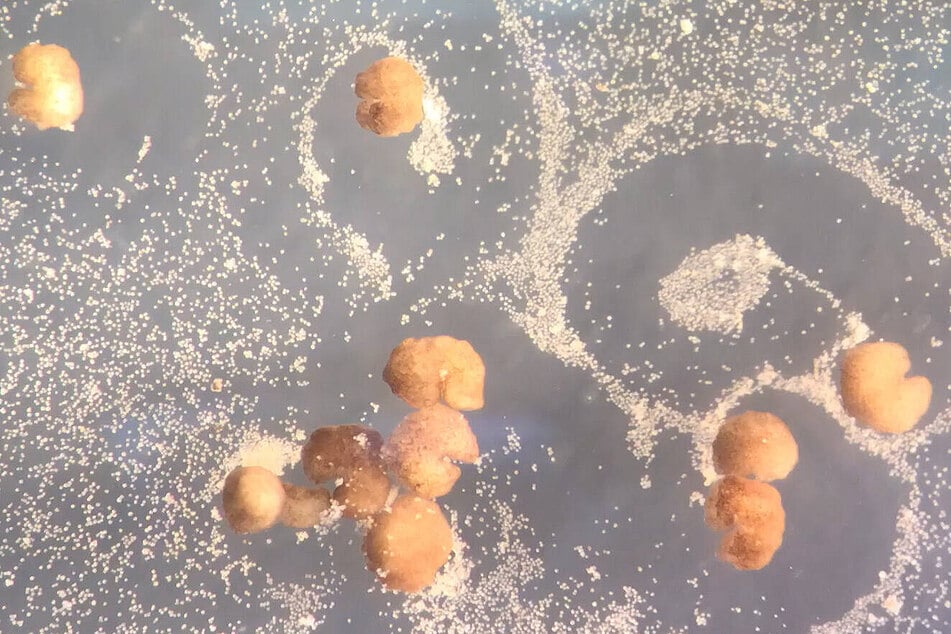Xenobots: The living robots that now know how to reproduce
Burlington, Vermont - While the world was coming to terms with the coronavirus pandemic in 2020, some researchers were busy making a very different kind of scientific breakthrough: building living robots. Now, the tiny organisms have reached a new milestone by reproducing themselves!

Researchers from the University of Vermont and Tufts University built little robots made out of African clawed frog stem cells, and called them Xenobots because of the frog's scientific name, Xenopus laevis.
Xenobots are now able to gather free-floating stem cells in their test chamber and push them together, and after a short incubation period, a new bot wiggles to life.
These biological robots are made out of frog skin and heart stem cells, which the researchers organized into different shapes by stacking the different types of cells until they had 3D forms.
The different shapes they tested were drafted by a supercomputer, which used artificial intelligence to match form to function. One of those functions was letting the Xenobots create a second generation of living robots, and to do that, the AI suggested shaping them like Pac-Man.
The Pac-Man shape is what the bots needed to be able to gather resources more efficiently, but the researchers also built donut-shaped Xenobots, which could transport medicine in their hole. Other shapes could serve other useful functions, like absorbing radioactive waste or scooping up microplastic in the ocean.
This ability to reproduce is huge news for the future of the bots, and would allow them to be used in medicine, cell research, and even cleaning up our environment.
For now, these little bots are still in development, and are cut off from the world, so they don't pose a threat, and the research team claims the concerns about self-replicating robots are understandable, but unfounded.
Cover photo: IMAGO / Cover-Images